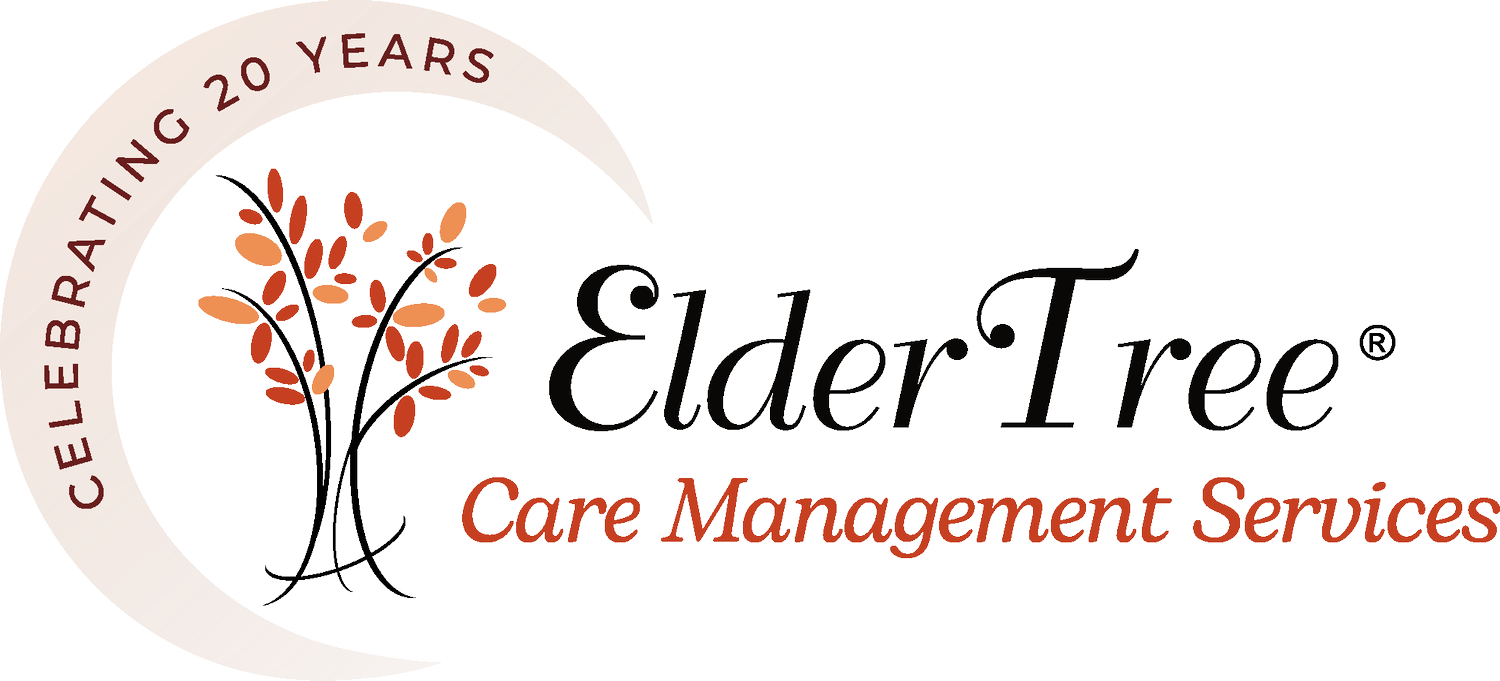Creative Aging Series: Chocolate for the Brain
Creative Aging: Chocolate for the Brain
Engaging in creative, sensory stimulating activities engages and renews fundamental cognitive functions. This is true throughout the human lifespan but is especially important in our later years. Contrary to previous assumptions, the aging human brain is capable of creative engagement and benefits from the increased dendrite development that these enriching and stimulating activities provide.
The question is what kind of creative exploration is appropriate for those with dementia or cognitive challenges. The truth is anything goes as long as a person is enjoying it.
The key is to introduce the activity in a way that appeals and encourages participation, and remember not all creative activities are solo activities.
The arts are natural group and community builders. Here are a few ideas and tricks for success.
PROJECT IDEAS
A Line is a Dot that has Gone out for a Walk – Purchase a few paper cash register rolls. Roll out the paper a couple inches at a time and use watercolor paints to fill the paper with color. Change colors as often as desired. NO RULES.
Once the paper is dry use black markers to draw lines in the color. Straight, curved, dotted. Whatever comes to mind. Once all the rolls are colored and lined, hang them in varying lengths in front of a window or entry way and enjoy.
The sound of the paper moving and the colors and light reflecting through the papers provides added sensory stimulation. This is a great activity for mixed generations to do together.
My Rock has a Head (miniature sculpture garden)—Using Playdoh or other nontoxic clay begin with a lump about the size of egg. Begin by forming/adding a head to the lump. Continue to explore what can be added and taken away from the form to create a final product.
Be sure to talk through the process whenever possible to encourage verbal communication.
If using in a group each person makes a sculpture. If a solo or duo project, each person can make several. Place the sculptures on a tray with moss or fake grass to create a mini sculpture garden to be enjoyed and manipulated as clay hardens.
My Hands Can Dance – Have several different music selections ready to play. Place selection of colored markers within reach. Place 8.5x11 (or larger) piece of watercolor paper on the table in front of participant(s).
Play a music selection and begin by moving fingers to the beat. Gradually make the movement larger by moving hands, wrists, arms, shoulders and heads.
Pick up a marker of any color and continue to dance the hands across the paper making lines anywhere that works. Change the music. Change the paper. Repeat. Hang the collection of images up and try to match the pictures with the music that inspired them.
TIPS FOR SUCCESS
Focus on enjoyment, not achievement. It is the process and sensory stimulation that is important not the end product.
Help get the activity started. Most people with dementia still have the energy and desire to participate but may lack the ability to organize, plan, initiate, and successfully complete the task.
Offer support and supervision. You may need to show the person how to perform the activity and provide simple, easy-to-follow steps more than once. But don’t do the project for them.
Be flexible. When the person insists that he or she doesn't want to do something, it may be because he or she can't do it or fears doing it. Don't force it. If the person insists on doing it a different way, let it happen.
Don't criticize or correct the person. If the person enjoys the activity even if not following directions encourage the person to continue. Encourage self-expression.
Make a connection. If you ask the person to make a card, he or she may not respond. But, if you say that you're sending a special get-well card to a friend and invite him or her to join you, the person may enjoy working on this project with you.
Involve the person through conversation. While engaged talk to the person about what they are doing. Even if the person cannot respond, he or she is likely to benefit from your communication.
Try again later. If something isn't working, it may just be the wrong time of day or the activity may be too complicated. Try again later or adapt the activity.
Pauline Daniels, MFA, ACC, CTP, CADDCT, COTP
Senior Care Manager

